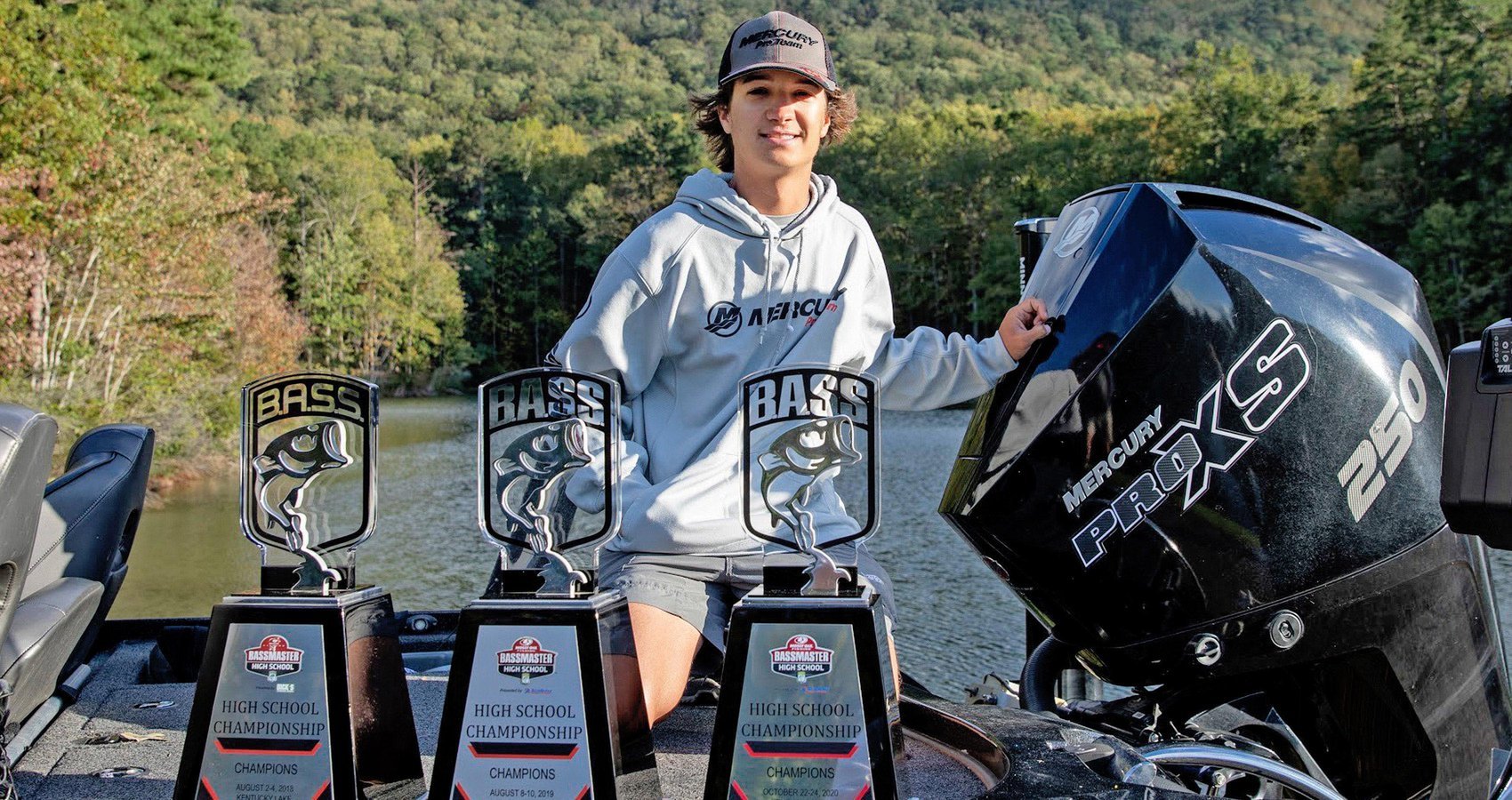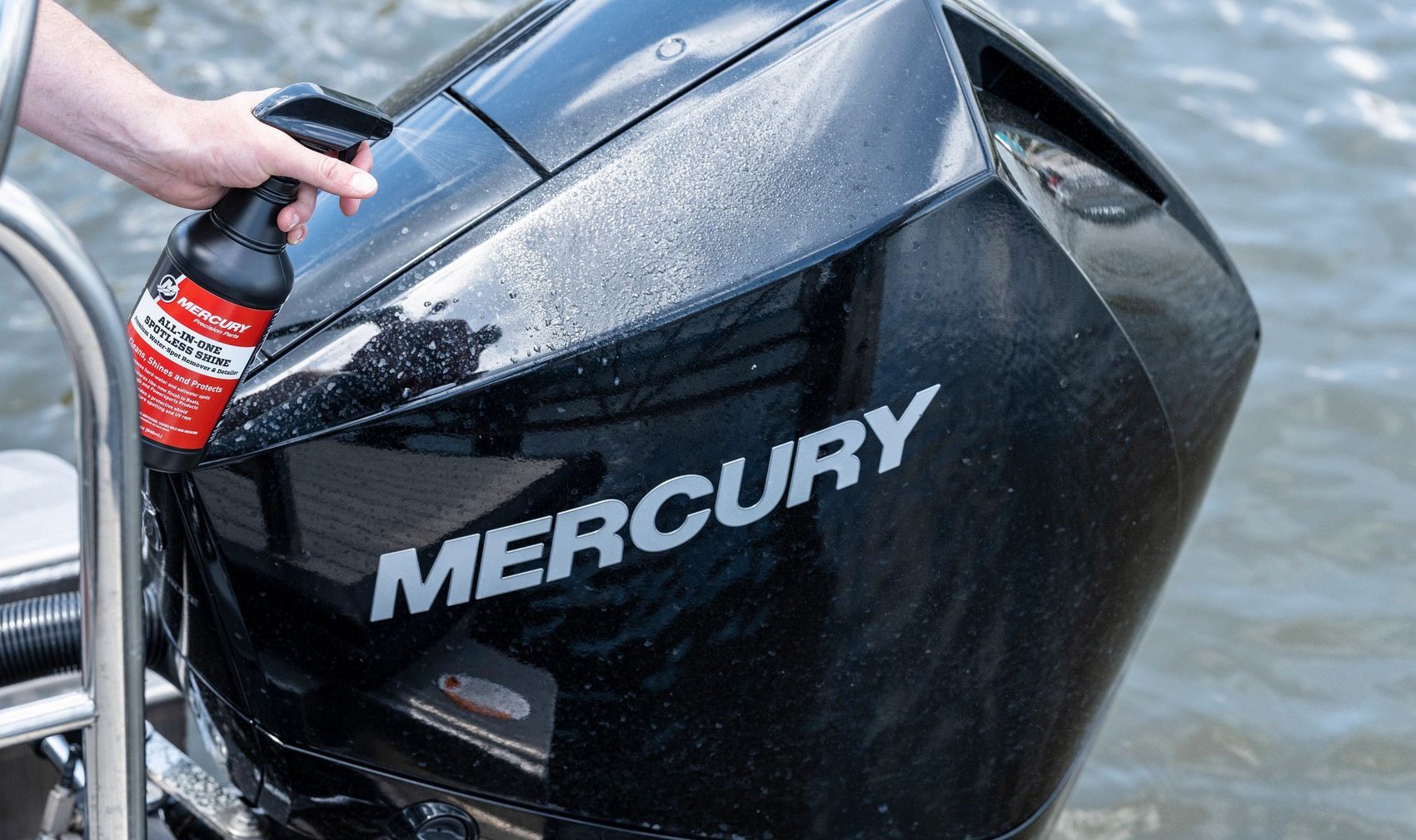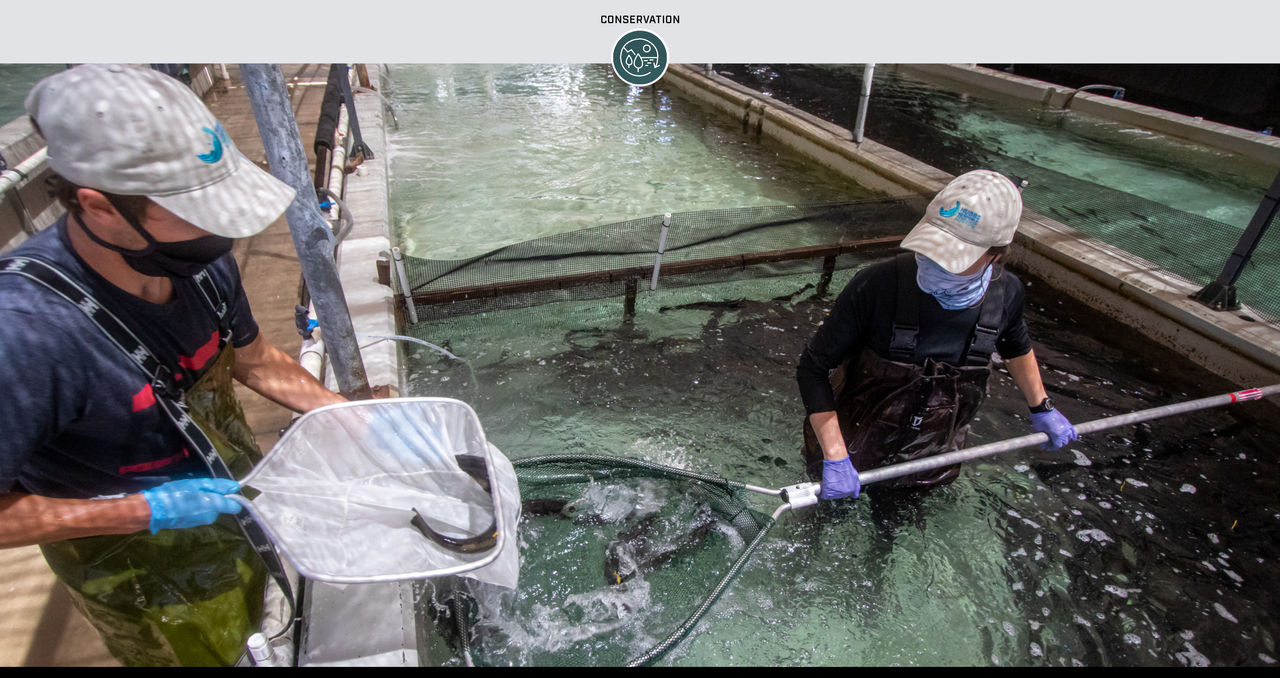A California fish species historically prominent in the state’s commercial fishing industry and sportfishing community was nearly wiped out 40 years ago. That species is making an astonishing comeback thanks to innovative programs that are creating a promising future.
For centuries, massive schools of California white seabass roamed the kelpy coastal waters of the Pacific Ocean between San Francisco and Baja California in Mexico. Those hefty fish – coveted by restaurants and their fish-eating customers – could grow to 5 feet long and 90 pounds, with most today averaging around 20 pounds. By the late 1800s, they were a highly sought-after food source and a lucrative target of commercial fishing companies.
By the end of the 19th century, most harvested white seabass – or Atractoscion nobilis, which is not a true seabass but the largest croaker in California waters – came from rich waters near San Francisco. By 1920, commercial fishing companies off the California coast relied heavily on gillnets, which snare fish by the gills, and trammel nets, which entangle fish, to haul in their catch.
Although white seabass flourished in Southern California’s inshore waters throughout the first half of the 20th century, their population decreased dramatically from the 1960s into the early ’80s. Prior to that downturn, recreational anglers in the region caught as many as 62,000 white seabass annually, but that number plummeted to fewer than 600 in 1979, according to statistics published in 2002 by the California Department of Fish and Wildlife in its “Final White Seabass Fishery Management Plan.”
Making Positive Change
In 1990, after struggling for years to secure legislative help for the disappearing white seabass, multiple sportfishing groups helped create and pass California Proposition 132 (the Marine Protection Zone and Gill and Trammel Net Prohibition Initiative). Among the most effective edicts of Prop 132 – approved in 1990 and implemented fully by 1994 – were actions aimed at outlawing inshore set gillnets in central and southern California waters.
Unlike fishing nets used for thousands of prior years, modern gillnets are made of clear, fine monofilament and are virtually invisible to fish. Not only were white seabass harvested in extraordinary numbers, the abundant bycatch – fish and other sea creatures unintentionally netted with the seabass – included halibut, sea turtles, birds and more. Entire ecosystems were negatively impacted.
While experts believe multiple factors likely contributed to the historic downfall of the California white seabass, including overfishing, habitat destruction, pollution and natural environmental conditions, inshore set gillnets were perceived to be the main culprit.
Jim Hendricks, a longtime Southern California saltwater angler and the West Coast editor of two major fishing/boating magazines, witnessed firsthand the decline of the white seabass. In the late 1980s, he served on a committee to help place Prop 132 on the California ballot. Today, Hendricks is the marketing chairperson for the Coastal Conservation Association of California (CCA CAL), formed in 2015 to “conserve, promote and enhance the present and future availability of coastal resources for the benefit and enjoyment of the general public.”
“I’m not a scientist, so I can’t tell you exactly how harmful the inshore set gillnets were, but that’s where most of the blame was placed,” said Hendricks.
“Seabass would swim into set gillnets, which were sometimes miles long, and entire schools of adult breeding white seabass were decimated,” he added. “That happened along the coast and near the offshore islands.”
Hendricks credits Prop 132 for halting the decline of the California white seabass and vastly improving its future.
“It was the first measure in the U.S. that banned inshore set gillnets in state waters,” he said. “White seabass were a big target of those set nets, and they fairly well decimated the white seabass.”
Among the most decisive actions provided by Prop 132 were:
- Additional fees were added to certain permits.
- Lump-sum payments were approved for commercial anglers who turned in their gill and trammel net permits.
- The use of gillnets or trammel nets was outlawed in coastal waters between the Mexico-U.S. border and Point Arguello (near Santa Barbara, about 300 miles north of the border).
- Fines and penalties for using gillnets or trammel nets were increased.
To fund payments to commercial anglers who retired their net permits, a newly enacted surcharge called the Ocean Enhancement Validation (stamp) was paid by all commercial companies and recreational anglers who fished south of Point Arguello.
Reviving a Crucial Species
Bringing an end to destructive overfishing practices was a decidedly effective first step. But substantially more funding and immediate actions were needed to jumpstart the recovery of white seabass, and multiple organizations responded quickly.
One of those responding entities was the Ocean Resources Enhancement and Hatchery Program (OREHP), an experimental hatchery program that uses cultured marine fish to enhance wild fish populations. Created in 1982 to conduct research on California halibut and white seabass, OREHP later focused exclusively on white seabass due to the depressed condition of its stock and its higher value to recreational and commercial fisheries.
For the past three decades, white seabass have been reared at the OREHP hatchery in Carlsbad, California, which is owned and operated by Hubbs-SeaWorld Research Institute (HSWRI). The hatchery delivers millions of 4-inch juvenile white seabass to 13 grow-out facilities throughout Southern California. The fish are held at those grow-out facilities until they’re ready for release, typically 8 to 10 inches long.
The Ocean Enhancement Validation surcharge created more than 30 years ago to help end the use of inshore set gillnets, now funds the OREHP hatchery; additional funding comes from the federal Sport Fish Restoration Act.
The OREHP is managed by the California Department of Fish and Wildlife, with assistance from an advisory panel of scientists and representatives from commercial and recreational fishing groups, the aquaculture industry and non-governmental public interests.
The OREHP’s grow-out pens for white seabass are staffed by volunteer members of CCA CAL and other fishing organizations.
“The recovery of the California white seabass is critically important to CCA CAL,” said Wayne Kotow, executive director of CCA California. “It has been a major priority of CCA CAL since our beginning. White seabass has long been a major prize of California saltwater anglers; it’s a large, good-eating fish that lives in shallower waters and is more easily accessed and at a lower cost than other deep-water ocean fish.”
Results of the white seabass restoration program indicate it is succeeding: The first legal-sized, hatchery-raised white seabass previously marked for reidentification was recaptured in 1992, and the oldest tagged hatchery-raised white seabass, a 15-year-old female released from Marina del Rey in 2001, was recovered in 2015 near Santa Barbara.
More than 2 million hatchery-raised white seabass have been released by the program, and anglers are reaping the benefits. According to Ali Hussainy, a Mercury Pro Team member, president of BD Outdoors and a board member for CCA CAL, today the California white seabass is a prized gamefish that can be caught “seasonally, reliably and sustainably.”




